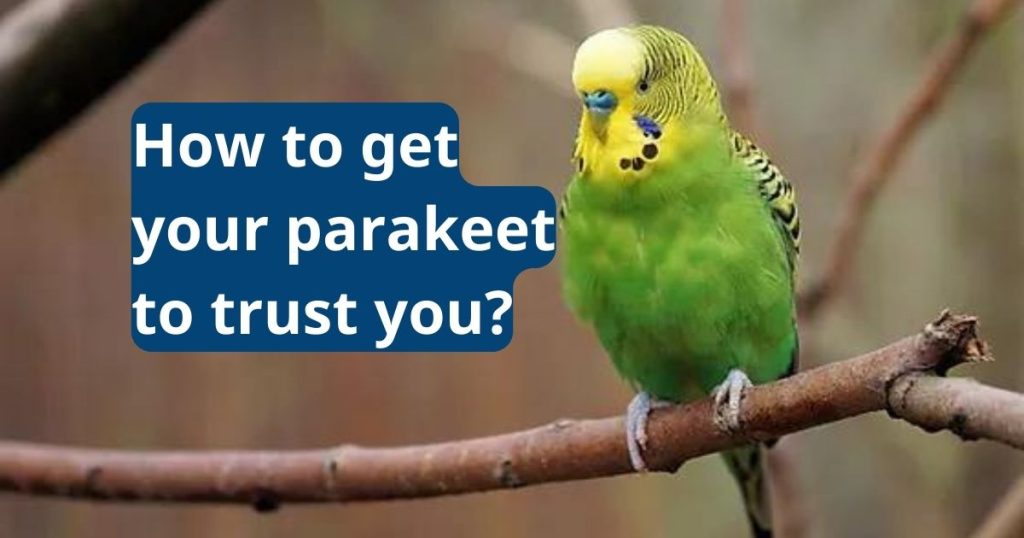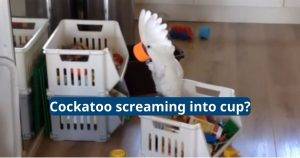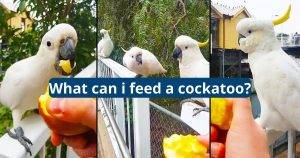How to Get Your Parakeet to Trust You?

Parakeets are great pets that can be trained to do all sorts of things. However, they need to trust you first. This can take time and patience, but it is worth it in the end. Start by talking softly to your bird while you are feeding him and changing his water. This will get him used to your voice and make him more comfortable around you.
1. Talk to Your Parakeet
You need to talk to your parakeet in a gentle voice, as loud voices can frighten them. It also helps to use treats to entice them to come out of their cage.
Talking to your bird is one of the most important steps in getting them to trust you. A good time to talk to them is in the morning before they are woken up or in the evening after they have had their dinner.
Keep in mind that budgies can only hear consonants, so it’s best to stick with words like d, k, p, t, or b rather than phrases with many vowels. They are also better at learning words that start with a consonant than words that start with a vowel.
To teach your parakeet a word, say it in a repetitive manner and reward them with treats each time they repeat it correctly. Repeat this process for 30 minutes each day to help them learn the word. It may take a while before they begin to speak the word, so be patient.

2. Put Your Hand in the Cage
Young parakeets are the best candidates for taming because they have not been weaned and are still largely dependent on their parents. Having their hands regularly in their cage helps them get used to the idea that humans are not predators. Keeping the cage in a room where they spend a lot of time also allows them to associate your presence with the sound of your soft voice and learn that you are not a threat.
Talk to the bird in a soothing, calm voice while putting your hand into the cage to change food or water. Do not grab the bird or try to pull it out of the cage because this will scare them.
After a few days — it can take up to seven days for them to fully trust you — the bird should be willing to hop into your hand. If this does not happen, wait and try again later.
If he does jump into your hand, use your finger as a perch and offer him spray millet. After he starts to take treats from your hand, gently rub his leg with your finger — this will train him to jump onto your finger when you give him treats.

3. Feed Your Parakeet from Your Hand
If you want to be able to take your parakeet out of its cage or train it to do tricks, you need to get it to trust you. Start by talking to it every day in a calm voice, and gradually give them treats from your hand so they associate you with positive things. Do not touch the bird directly, just place the treat close enough to its cage that it can reach it without breaking its personal space.
A good way to tell when your parakeet is full is by observing their behavior. They will flap their wings and stretch out to help digest the food they eat, and they will also stop eating when they are satisfied. They may even make sounds to communicate that they are feeling full, such as a grinding sound with their beak or making noises with their head.
Another sign that your parakeet is content with its current meal is when it lays down to sleep while chewing on something. If you notice this behavior, it is an indication that they are enjoying their food and that it has been digested successfully.
4. Put a Treat in Your Hand
Parakeets — also known as budgies — are extremely smart and can be taught to do a number of things such as sit on shoulders, play with toys, and even mimic human speech. However, these birds are sensitive and can become nervous easily. If this happens, they may start biting.
Often, this is due to the bird being stressed or afraid. It may have been rehomed from its original home or kept in a cage all of its life. These kinds of circumstances can make a parakeet more prone to biting and will need to be handled more slowly.
Spend time near the cage without touching it and talk calmly in a soothing voice. You can start training the parakeet to hop into your hand by placing it on a perch and luring them with treats like seeds or bird food. This will help them to form a positive association with your voice and will lead to them trusting you more. Eventually, this will lead to them wanting to spend more time with you outside of the cage.

5. Open the Cage Door
The key to having a healthy pet parakeet is making sure that they trust you. This will allow you to play with them, train them and help them when they are sick. In order to build trust, you need to spend time in the vicinity of their cage and let them get accustomed to your presence.
Talk to the bird and say hello in a soft voice, but don’t make any sudden noises that will scare them. If you do, the bond that you’ve been building may not be strong enough to gain their trust.
Position your bird’s cage in a room that is usually quiet, such as a bedroom or living room. Don’t put it in a room where you have many family members and pets that are loud and unpredictable. This will keep the bird from feeling overwhelmed when you open the door to their cage. Once you have a comfortable and safe home for your parrot, they will become happier in their environment and will trust you more easily. You can even begin to hand-train them and teach them tricks like sitting on your shoulder and mimicking human speech!





